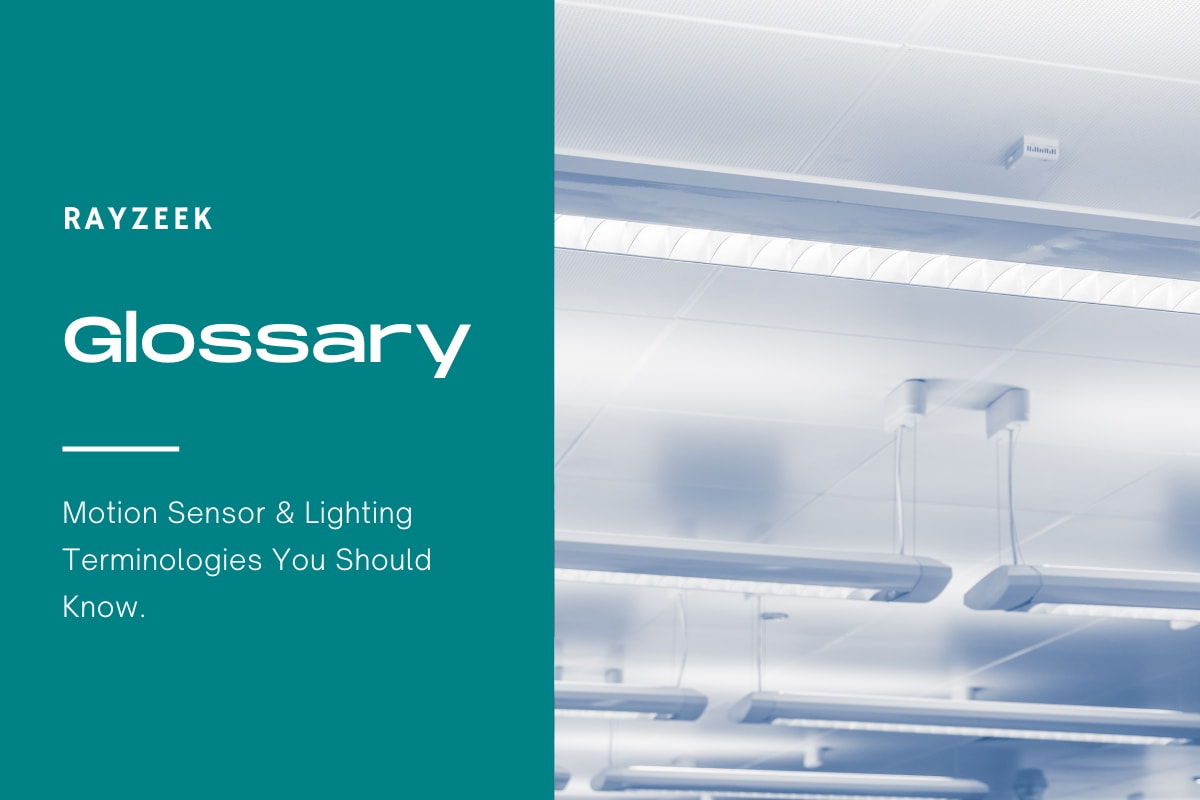What is Rohs Compliance
RoHS Compliance, also known as Restriction of Hazardous Substances Compliance, is a term used to describe the adherence to regulations established by the RoHS directive. The RoHS directive, formally known as Directive 2002/95/EC, was introduced by the European Union to regulate the use of specific hazardous materials in electrical and electronic products (EEE). The primary objective of RoHS compliance is to safeguard the environment and human health by reducing the utilization of hazardous substances during the manufacturing and disposal of EEE products.
Under the RoHS directive, certain hazardous materials are restricted from being used in EEE products. These materials include lead (Pb), mercury (Hg), cadmium (Cd), hexavalent chromium (CrVI), polybrominated biphenyls (PBB), polybrominated diphenyl ethers (PBDE), and certain phthalates (DEHP, BBP, DBP, and DIBP). These substances are known to have detrimental effects on the environment and can pose risks to human health, particularly during manufacturing and recycling processes.
Get Inspired by Rayzeek Motion Sensor Portfolios.
Doesn't find what you want? Don't worry. There are always alternate ways to solve your problems. Maybe one of our portfolios can help.
To ensure RoHS compliance, manufacturers and suppliers must conduct thorough testing and analysis of their products to verify that they meet the specified restrictions. Portable RoHS analyzers, such as X-ray fluorescence (XRF) metal analyzers, are commonly used for screening and verifying the presence of restricted substances. Compliance with RoHS regulations is not limited to manufacturers alone; it also applies to businesses involved in the sale, distribution, and integration of EEE products in European Union countries.
Looking For Motion-Activated Energy-Saving Solutions?
Contact us for complete PIR motion sensors, motion-activated energy-saving products, motion sensor switches, and Occupancy/Vacancy commercial solutions.
RoHS compliance also extends beyond the European Union, as similar regulations have been adopted by several other countries worldwide. Additionally, the RoHS directive has undergone subsequent revisions, including RoHS 2 (Directive 2011/65/EU) and RoHS 3 (Directive 2015/863), which introduced additional restricted substances and expanded the scope of the original directive.
Frequently Asked Questions
Is CE Accepted in USA
The CE mark is not acknowledged or accepted in the United States. Instead, products sold in the United States must adhere to specific federal or state-imposed standards and regulations. For instance, children’s products must comply with CPSIA, while electronics must meet FCC Part 15 requirements.
Is CE Recognized by OSHA
Products that display only non-NRTL certification marks, such as the CE mark, do not comply with any OSHA standard that mandates NRTL approval for the product.
How Do I Know if Something Is RoHS Compliant
When a product is CE marked or if you notice a CE mark on an electronic device, it indicates that the product is compliant with the RoHS directive.
What Requires RoHS Compliance
The EU RoHS Directive mandates that manufacturers must ensure their devices comply with the maximum concentration values set for certain substances. These substances include lead, mercury, and cadmium.
What Does RoHS Stand for LED Lights
Released in February 2022, the RoHS directive imposes limitations on the utilization of specific dangerous substances in electrical and electronic equipment. Specifically for LED lights, this legislation governs the presence of mercury in lighting products, influencing the types of products that can be legally sold and installed in the market.
Is RoHS Required in USA
There are no federal regulations in the United States regarding RoHS. However, it is important to note that California has implemented its own RoHS laws. These laws can be found in Health and Safety Code sections 25214.9-25214.10.2 and the California Code of Regulations, Title 22, section 66260.202, as well as enforced by the Department of Toxic Substance Control (DTSC).
What Materials Are Prohibited by RoHS
The RoHS Directive currently prohibits the use of ten substances, including lead, cadmium, mercury, hexavalent chromium, polybrominated biphenyls (PBB), polybrominated diphenyl ethers (PBDE), bis(2-ethylhexyl) phthalate (DEHP), butyl benzyl phthalate (BBP), dibutyl phthalate (DBP), and diisobutyl phthalate (DIBP).









